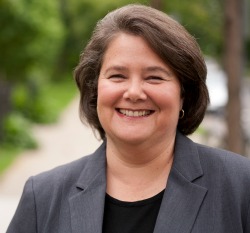This guest blog post and Letter to the Editor is written by Deb De Santis, CSH CEO & President and Frank Farrow, Center for the Study of Social Policy (CSSP) Director, in response to The Girls Who Haven't Come Home, an article published in the New York Times on July 6, 2013.
To the Editor:
Vernice Hill’s family fell through the cracks because the child welfare system alone is not well equipped to help families like the Hills stay together safely. Earlier intervention, through family supportive housing, could have kept that family intact.
Supportive housing creates stronger environments for very poor families who struggle with complex problems. It brings together services from child welfare, mental health, substance abuse, public assistance, and housing to support the entire family holistically, providing stability and averting crises that lead to the removal of children.
Recently, the federal government launched an innovative partnership with four private foundations that will test supportive housing as a way to preserve families while keeping their children safe. We expect to see happier, healthier families and fewer foster care placements.
Foster care should not be our first choice. We need to provide better alternatives for families like the Hills.
 |
 |
| Deborah De Santis | Frank Farrow |
| President & CEO, CSH | Director, Center for the Study of Social Policy |
| New York, N.Y. | Washington, D.C. |
Note: CSH and CSSP operate the Child Welfare & Supportive Housing Resource Center on behalf of the public-private Partnerships to Demonstrate the Effectiveness of Supportive Housing for Families in the Child Welfare System.


